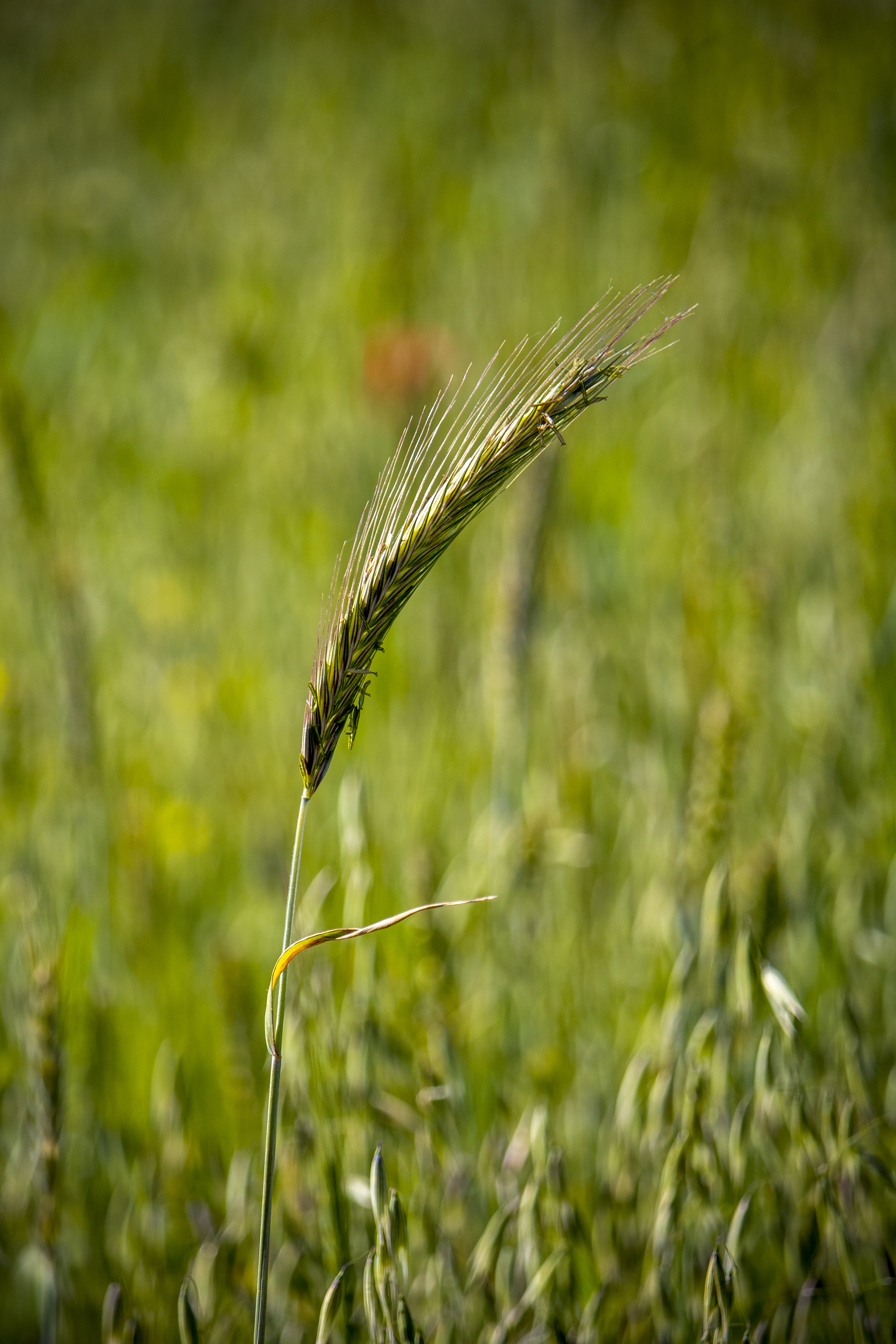Meadow barley
(Hordeum brachyantherum)

Description
Hordeum brachyantherum, known by the common name meadow barley, is a species of barley. It is native to western North America from Alaska to northern Mexico, coastal areas of easternmost Russia (Kamchatka), and a small area of coastal Newfoundland. The diploid cytotype occurs only in California, throughout the state, while everywhere else plants are tetraploid. This is a tufting perennial bunchgrass approaching a meter in maximum height. It produces compact, narrow inflorescences 8 to 10 centimeters long and purplish in color. Like other barleys the spikelets come in triplets. It has two small, often sterile lateral spikelets on pedicels and a larger, fertile central spikelet lacking a pedicel. Hordeum brachyantherum belongs to grass family, Poaceae, genus Hordeum. There are two common cytotypes of Hordeum brachyantherum. The diploid mainly grow in California, the tetraploid grow widely over the world. Polyploidy is very common in plants. Polyploidization plays an important role in plant evolution, it is commonly used in agriculture to develop novel phenotypes. Polyploidization also occurs naturally in plant populations. In 1980, a rare hexaploid form of Hordeum brachyantherum was discovered in California within the populations of diploid and tetraploid Hordeum brachyantherum. It was hypothesized that this hexaploid form was evolved by outcrossing between diploid Hordeum marine and tetraploid Hordeum brachyantherum ssp. brachyantherum and followed by duplication of chromosome. Polyploidization may lead to speciation because the reproductive isolation may develop between hexaploid and either tetraploid or diploid due to the mistake of alignment during meiosis. Hordeum contains a gene called hordoindoline that involves grain hardness and antimicrobial activity. Since wheat contains a homologous gene named puroindoline, it was concluded that Hordeum and wheat shared a common ancestor during the evolutionary process. The novel variants of hordoindoline genes were found in Hordeum brachyantherum. It was hypothesized that the novel genes arose due to the gene duplication during the early stage of the divergence of the genus Hordeum. Some of the non-synonymous mutations are beneficial and show an overall improved antifungal activity. These non-synonymous mutations provide the material for evolution because natural selection can select for organisms who possess these mutations and alter the allele frequency over time.
Taxonomic tree:







